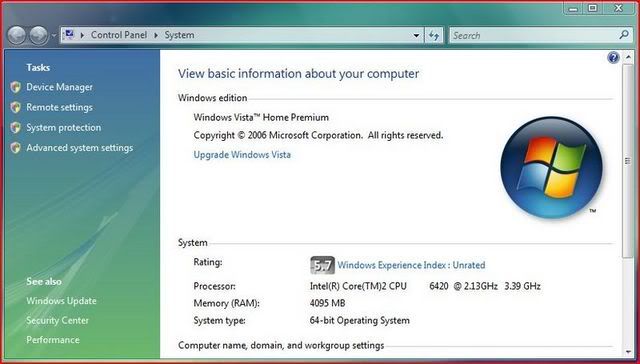running 4gb since vista 64 came out..but windows is showing 3582mb. how can i get it to show 4gb. im not using onboard video. thanks
You need to enable the 'memory remapping' feature in your bios.
This feature will move the memory mapped I/O beyond the 32-bit limit, and therefore beyond the 4 gb boundary.
Enabling this feature means that some 32-bit OSes don't work at all, and XP 32-bit only sees about 2 gb. Something to consider when you are dualbooting 32-bit and 64-bit OSes.
![[H]ard|Forum](/styles/hardforum/xenforo/logo_dark.png)

